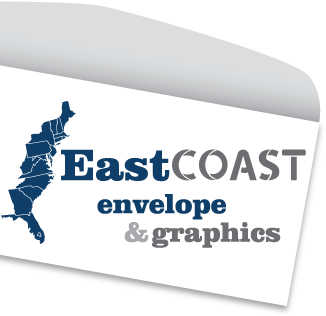Surcharge Removed; USPS Postage Rollback Effective on April 10
Surcharge Removed; USPS Postage Rollback Effective on April 10
Even though the United States Postal Service’s financial condition is expected to worsen, your marketing budget just got better. On April 10, 2016, the USPS will be required to reduce certain postage prices on items including letters, large envelopes/flats, and postcards. This rate change reverses the existing exigent surcharge of 4.3% (average) that was enacted back in January 2014. This surcharge was put into effect by the Postal Regulatory Commission (PRC) to help ease some of the financial hardships that were suffered during the Great Recession of 2008-2009. The exigent increase was intended to be temporary, limited by a cap of about $4.6 billion in extra revenue. The PRC expects to reach this cap by April 10 of this year.
Although you might be excited about the removal of this surcharge, the post office is decidedly less so. During a statement on February 25, Postmaster General and CEO Megan J. Brennan reported that the surcharge “only partially alleviated our extreme multi-year revenue declines resulting from the Great Recession, which exceeded $7 billion in 2009 alone.” It should come as no surprise that the USPS had been hoping for a legislation or court action to prolong the higher rates. “Removing the surcharge and reducing our prices is an irrational outcome considering the Postal Service’s precarious financial condition,” added Brennan.
At this time, the congress and court actions that the USPS was hoping for are not looking too promising, so you can probably start planning on seeing some extra dollars in your marketing budgets before long. You might consider using those extra funds to create more mail pieces, buy better lists, improve creative capabilities, or even upgrade your production options.
The Table below shows how First-Class Mail prices will be adjusted once the surcharge is removed.
|
Current |
Mandated Reduction |
|
| First-Class Stamps |
49 cents |
47 cents |
| First-Class Metered Letters (1 oz.) |
48.5 cents |
46.5 cents |
| Letters (Additional Ounces) |
22 cents |
21 cents |
| Letters (All International Destinations) |
$1.20 |
$1.15 |
| Postcards |
35 cents |
34 cents |
Here are some tips for taking advantage of the reduction:
- Understand the mailing products that are affected by this reduction. They include First-Class Letters, First-Class Large, Envelopes (Flats), First-Class Postcards, Presorted (First-Class & Standard), and Non-Profit.
- Some customers may need to change their meter settings to print postage to three decimal places. Metered First-Class 1-Ounce Letters will decrease two cents from $0.485 to $0.465, retaining their 1% discount over retail stamp prices.
- Follow the USPS Postal Explorer for confirmed rates and other spring 2016 rollback pricing files at http://pe.usps.com. You can also visit USPS Service Alerts to subscribe to near-real-time announcements regarding disruptions or suspensions to domestic and/or international mail due to weather emergencies, natural disasters, and other events.
As direct mailers and marketers, you already know that every penny counts. Based on this expected rollback in spring postage rates for most envelopes, it turns out that every two pennies counts.
